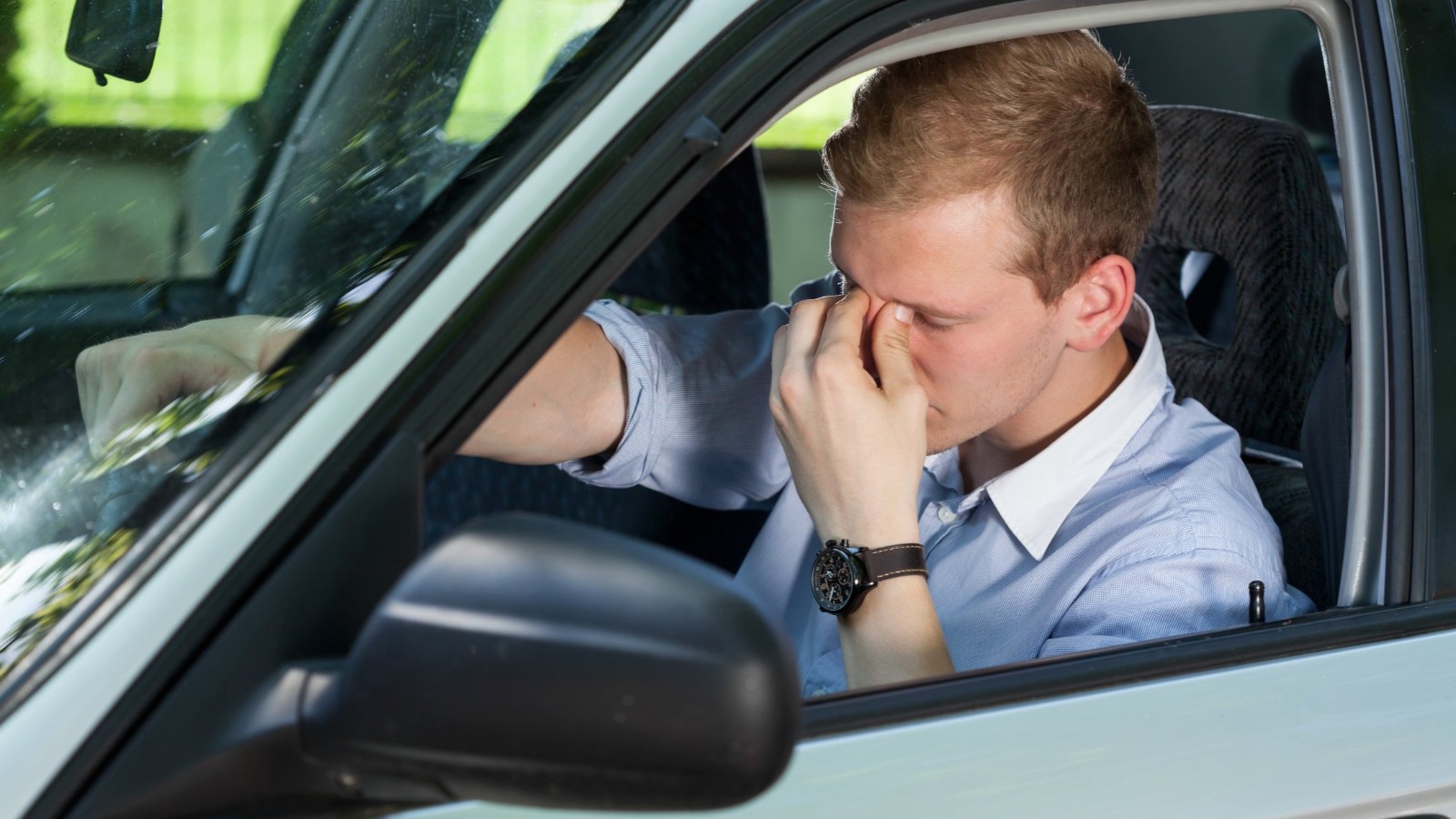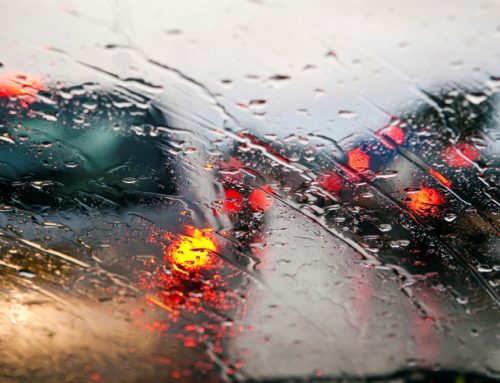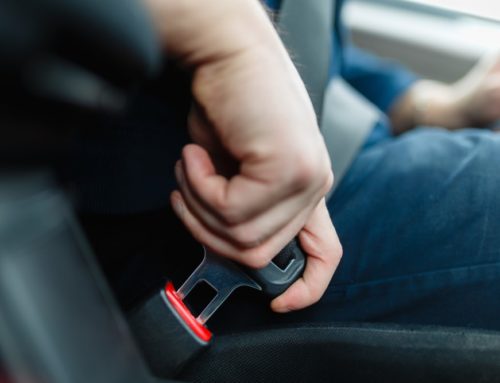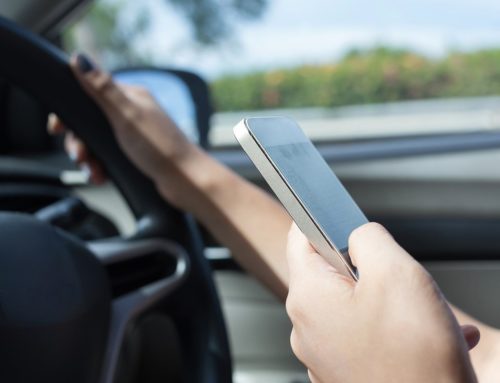
The concepts of “fatigue”, “sleepiness” and “drowsiness” are often used interchangeably. Sleepiness is an aspect of fatigue which is perhaps easiest to define. Sleepiness can be defined as the neurobiological need to sleep[1], resulting from physiological wake and sleep drives[2]. Driving fatigue is associated with increased crash risk which often results from a combination of biological, lifestyle-related and work-related factors. Crashes in which driver fatigue plays a role are not only a matter of having spent too long behind the wheel; fatigue can also be caused by too little sleep, stress, or the time of the day.
- Fatigue has a physical and a mental aspect.
- Fatigue is associated with both reduced capacity to perform and motivation to perform.
- Although sleepiness and fatigue may have different causes, their effects on performance and motivation are similar, a decrease in mental and physical functioning.
- When fatigued, persons may alternate normal functioning with short lapses in performance (i.e. not noticing or responding to signals). The long term result of fatigue is an increasing variability of performance.
Why fatigue is dangerous?
Driving fatigue is a major factor in 10-20% of road crashes. A person who drives after being awake for 17 hours has a risk of crashing equivalent to being at the level of 0.05 blood alcohol concentration (i.e. twice the normal risk).
More tired/sleepy = higher probability of a crash
- Increase of the task demands (e.g. driving faster so that a ‘new’ sensation of driving raises adrenaline and attention levels)
- Reduction of the task demands (e.g. increase of the safety margins by slowing down or using longer headways)
- Driver more likely to lose control
- Less time to take preventive action
- Less accurately reaction to deceleration by the driver in front
- Difficulty in keeping the vehicle in the lane
Key Recommendations
There is a clear need for drivers to avoid driving fatigue. How?
- Avoid driving at times when you would normally be asleep!
- The moment fatigue sets in, do not start driving or continue driving!
- Take a nap or ask a passenger to take over the driving task!
- Allow fresh air into the car (by opening the window or switching on the air conditioning)
- Talk to a passenger!
- Stop driving for some food or exercise!
- Turn up the volume of the music!
[1] NCSCR/NHTSA Expert panel on driver fatigue and sleepiness (2001) Drowsy driving and automobile crashes
[2] Johns, M.W. (2000) A sleep physiologist’s view of drowsy driving. Transportation Research Part F, 3, pp. 241-249

















































































































































































